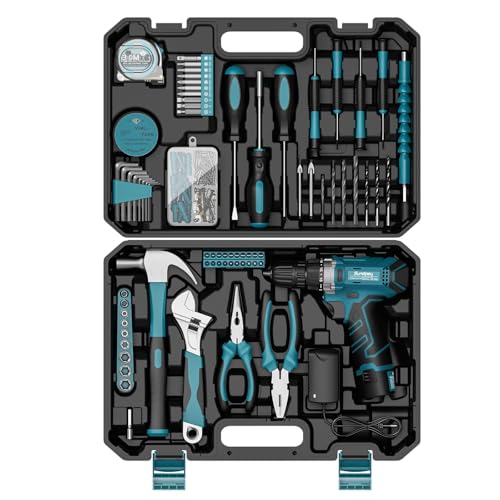Congrats on your e-Golf and home charging station!
<span>First, that thing on the wall is not technically a <a href="http://www.amazon.com/s/?field-keywords=electric%20vehicle%20charger&tag=myelecarfor-20" class="interlinkr" target="_blank">charger</a> - it is an EVSE and merely supplies AC current safely to your car. The charger in the car is what charges the battery by converting AC power to DC power to charge the battery.</span>
Second, what is the circuit you had installed? You must not pull more than 80% of the circuit rating or you may cause a fire. If your charging station is connected to a 50 amp circuit, the maximum the station should pull is 40 amps. Your electrician should have already told you this or made sure the station is configured correctly. Once you know the circuit capability (determined the circuit breaker size), set the charging station to NO MORE than 80% of that value.
<span>Third, the maximum AC power the e-Golf on board <a href="http://www.amazon.com/s/?field-keywords=electric%20vehicle%20charger&tag=myelecarfor-20" class="interlinkr" target="_blank">charger</a> can accept is 30 amps at 240 Volts. It is common to decide based on C rate the charging speed experienced by the battery. C rate is charging power divided by battery gross capacity. In other words, if you charge at 30 amps (7.2 kW), that is a C rate of 7.2/35.8=0.2C. Yes, the e-golf has no active battery pack cooling, so the lower the C rate, the less the pack will heat up. The e-golf DCFC speed is limited to about 40 kW, or 1.1C, and this does heat up the battery pack. Remember from physics, P=I^2R, so the power lost to joule heating is a square of the current, so at 40 kW (about 110 amps) the power lost to internal resistance is 13 times greater than at 30 amps. So, 0.2C is already pretty low and I don't see this as a problem. I do not believe you will be able to measure much of a temperature increase in the battery pack (using an OBD reader) at 7.2 kW. Of course, you could charge at a slower rate (say at 13 amps, or 3.1 kW, one of the e-Manager settings), but if you do, choose that setting in the car e-Manager, not using the charging station. If your car's battery pack were already really hot, from DCFC, hot ambient temps (Arizona hot), then yes, it makes sense to charge at a lower amperage. Under normal conditions for most people, I suspect dropping below 7.2 kW will not measurably alter battery pack life. </span>
I hope this makes sense.

































